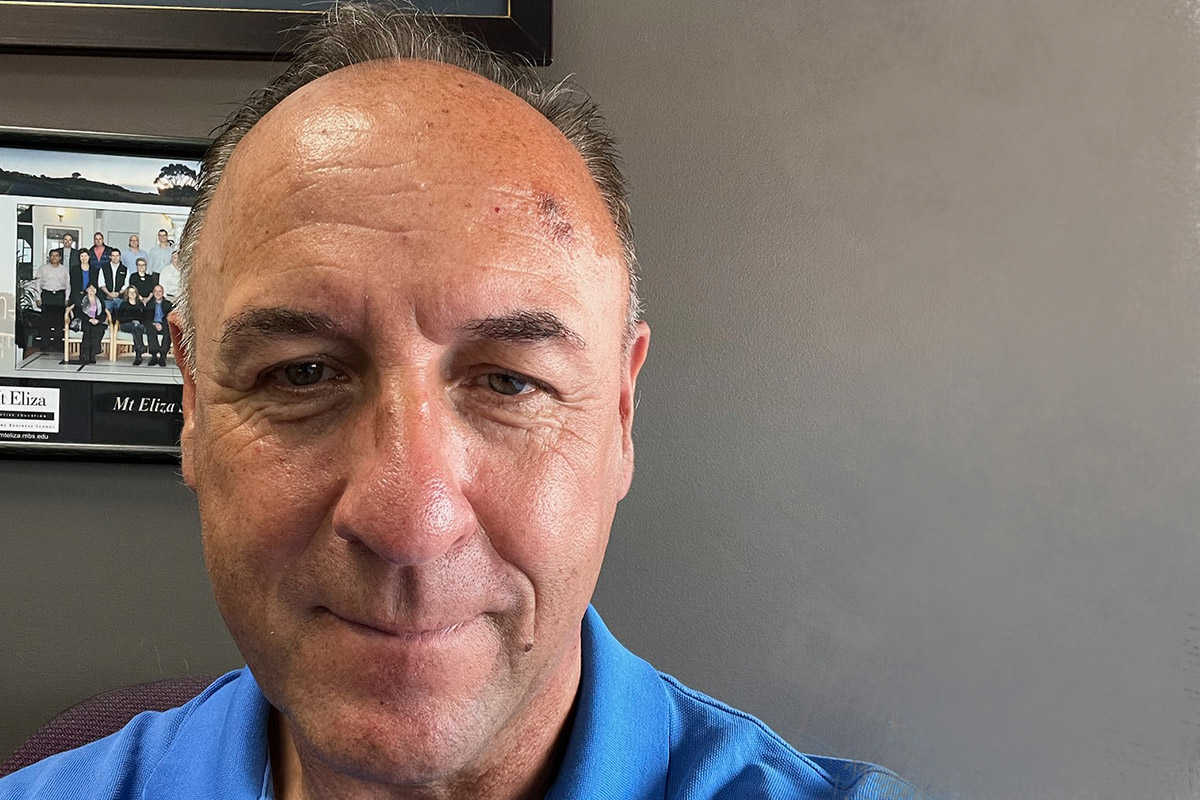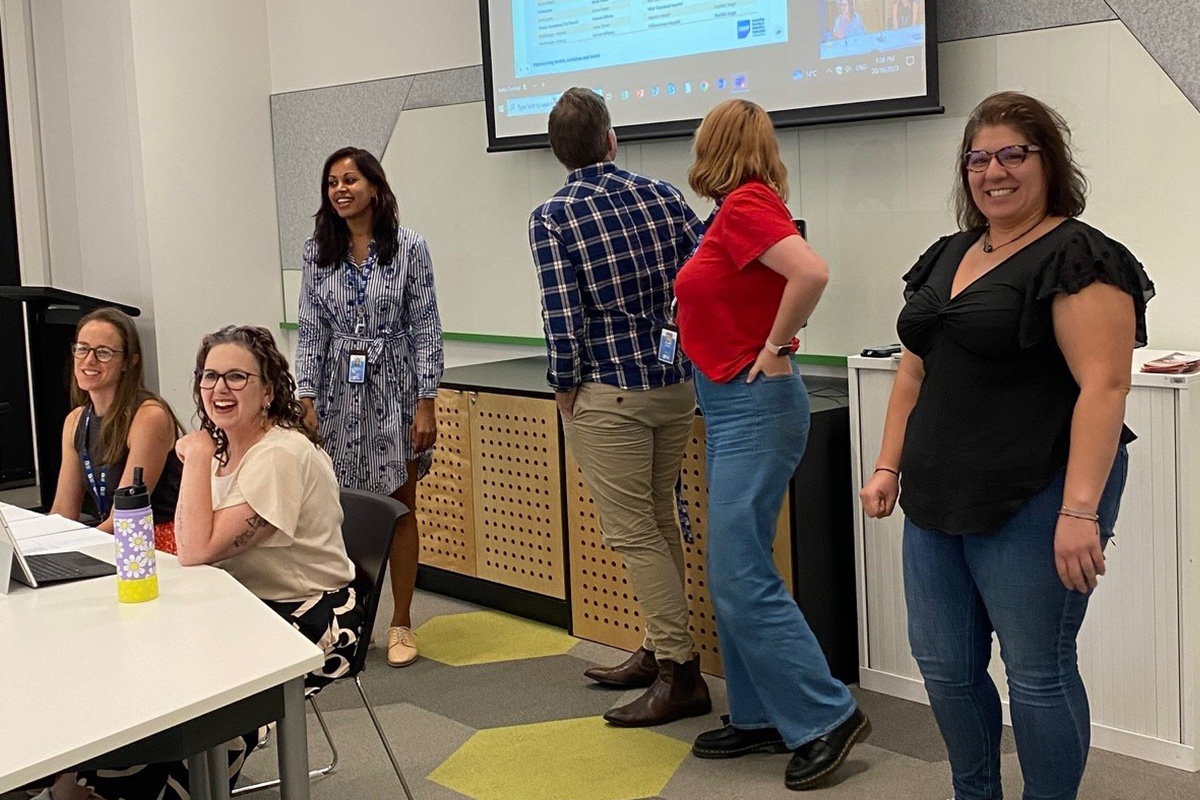
The 2023 ANMF (Vic Branch) OHS Conference was a great opportunity for nurses, midwives and carers to hear from industry experts about important developments in the occupational health and safety field.
Topics covered on the day included: manual handling and mental injury; best practice approaches to safely reducing restrictive interventions; the importance of OHS clauses in industrial agreements; how to ensure the effective consultation and resolution of OHS issues; and understanding inappropriate workplace behaviours, bullying and discrimination and what should be done to prevent this in the workplace.
Below are four key things we learned.
1. The safest way should be the easiest way…
Dr Tony Carden from WorkSafe made the point that if a control relies on staff to perform a number of complex steps, each requiring manual input, it is likely that at some point this will fail.
If we design systems and processes to be easy to follow, understand and implement this will get the best outcome.
2. Move away from a culture of blame
A number of speakers reiterated the point that we should move away from a culture of blame within OHS. We need to be trying to identify the underlying factors that lead to an incident rather than blaming individuals who may have been involved in incidents.
3. Core strategies for reducing restrictive intervention
There are several core strategies, developed by the Restraint Reduction Network, that can be used to help reduce restrictive interventions:
- Leadership commitment: Leaders should be committed to reducing restrictive interventions and should provide the necessary resources and support. This includes creating a culture of safety and accountability, and engaging staff and stakeholders in the process.
- Data collection and analysis: Organisations should collect and analyse data on the use of restrictive interventions, including the reasons for use, duration and outcomes. This information can be used to identify patterns and trends, as well as to evaluate the effectiveness of alternative interventions.
- Staff training and education: All staff should receive training and education on the risks associated with restrictive interventions, as well as alternative methods for managing behaviour, such as de-escalation techniques, positive behaviour support, and trauma-informed care.
- Restraint reduction tools: Risk assessment screens, advanced care directives, safety plans, sensory profiles etc.
- Person-centred care: Organisations should adopt a person-centred approach to care that emphasises the individual’s rights, preferences and strengths.
4. The importance of consultation in ensuring a safe workplace
Under the OHS Act 2004, employers are required to consult with health and safety representatives (HSRs) and employees in a number of different situations, including when identifying or assessing hazards in the workplace, making decisions about measures to be taken to improve safety and when making changes to the workplace that may impact on the health and safety of employees – such as the purchase of new equipment or when planning a redevelopment of a ward.
Consultation is not just an exchange of information. For consultation to be effective the participants must be contributing to the decision-making process not only in appearance, but in fact. This is important as it gets buy-in through knowledge and idea sharing and improves the decision-making process, workplace engagement and leads to more effective OHS outcomes. If there is an HSR in the workplace, the employer must involve them in the consultation process.
We heard from Sally and Sara, who are HSRs from Bendigo Health, who shared their tips and experiences around being involved in OHS consultation and how this led to improved safety measures being put in place on their ward, specifically additional staffing overnight.
Clayton Larkin from WorkSafe and Mark Carter, the Health Safety and Wellbeing Manager from Thomas Embling, also shared their tips and experiences around OHS issue resolution and how this can achieve positive health and safety outcomes in the workplace.




